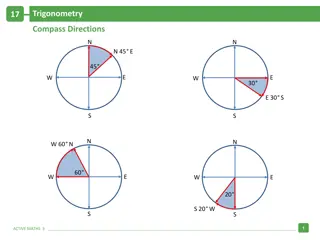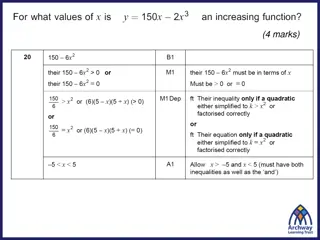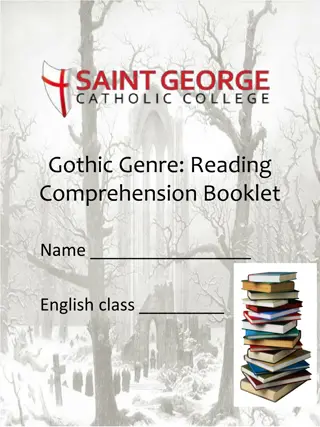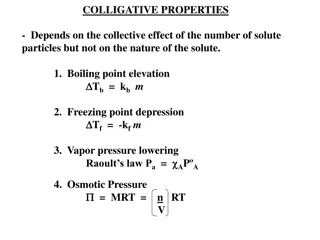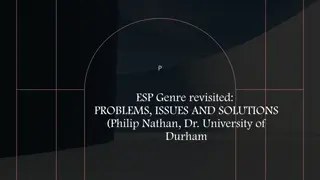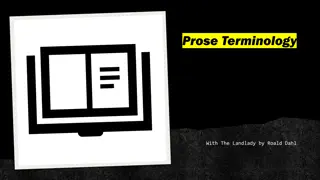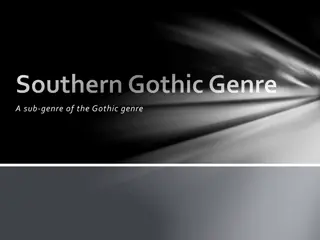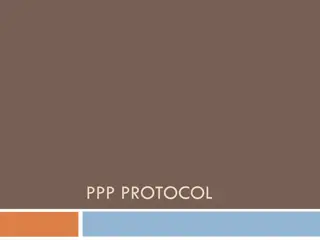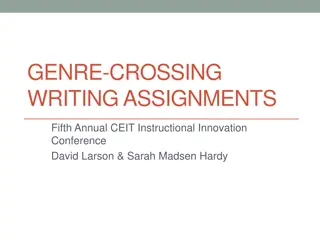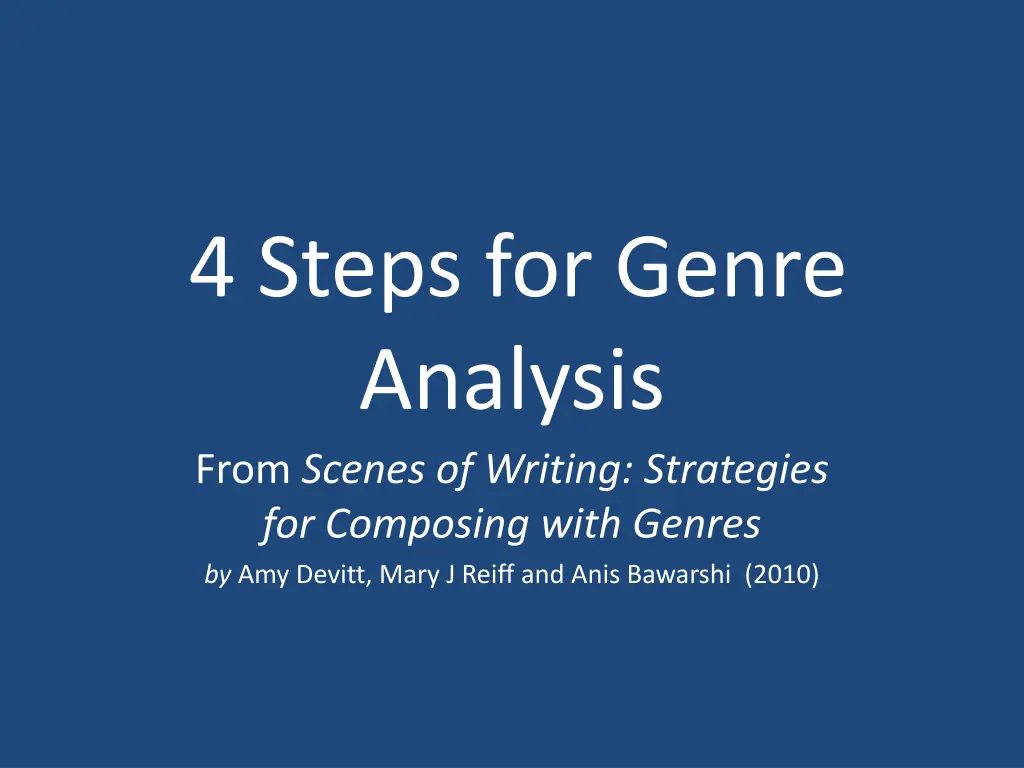
Effective Genre Analysis Steps: Understanding Writing Strategies
Explore the 4 steps for genre analysis from "Scenes of Writing" to understand audience, conventions, rhetorical effect, purpose, and make effective writing choices. Collect samples from diverse locations, define the rhetorical situation of a genre, and analyze the setting, subject, participants, and writers within its discourse community.
Download Presentation

Please find below an Image/Link to download the presentation.
The content on the website is provided AS IS for your information and personal use only. It may not be sold, licensed, or shared on other websites without obtaining consent from the author. If you encounter any issues during the download, it is possible that the publisher has removed the file from their server.
You are allowed to download the files provided on this website for personal or commercial use, subject to the condition that they are used lawfully. All files are the property of their respective owners.
The content on the website is provided AS IS for your information and personal use only. It may not be sold, licensed, or shared on other websites without obtaining consent from the author.
E N D
Presentation Transcript
4 Steps for Genre Analysis From Scenes of Writing: Strategies for Composing with Genres by Amy Devitt, Mary J Reiff and Anis Bawarshi (2010)
Why analyze genre? To determine its audience(s) and writer ( Its discourse community ) To help understand expectations and conventions To determine rhetorical effect To identify its purpose To help us make effective writing choices
Step 1 Collect samples of different genres
Situation A determine where you find different types of genre. 1) Stores 2) Home 3) In the street 4) In school 5) On line 6) In cultural life 7) ?
B Gathering Make sure to look in different places. Don t have more than one or two of the same type of item.
One you have your collection Select only one of the samples to act as your control . Collect several samples of that same genre to find evidence of clear patterns- not too many.
Step 2 Define the Rhetorical Situation of a genre Setting Subject Participants Purposes
Setting Where does the genre appear? How and when is it used? With what other genres does it interact and How?
Subject What topics, issues and ideas does this genre address? When people use this genre, what are they interacting about?
Participants Discourse Community- Who creates and uses the genre? 1) Writer(s) 2) Reader(s)
Writers Who writes the texts in the genre? Are multiple writers possible? What roles do they perform? What characteristics must writers of this genre possess? Under what circumstances do writers write the genre?
Readers Who reads the texts in this genre? Is there more than one type of reader for this genre? What roles do they perform? What characteristics must a reader of this genre possess? Under what circumstances do readers read the genre (for leisure, in waiting rooms?)
Purposes Why do writers write this genre, and why do readers read it? What purposes does the genre fulfill for the people who use it?
Step 3 Identify the patterns of the genre What recurring themes do the samples of the genre possess? 1. Content 2. Rhetorical Appeals 3. Texts in that structure 4. Format 5. Types of sentences typically used 6. Diction or Language
Patterns in Content What is included? What is excluded? How is the content treated/presented? What sorts of examples are used? What counts as evidence? (Personal testimony? Facts?)
Rhetorical Appeals 1) Pathos Appeal to emotion 2) Logos Appeal to logic 3) Ethos Appeal to ethics/morals
Pathos Appeal to the emotions. A way of convincing the audience by creating an emotional response. Ex. Boyfriend: If you cared about me, you wouldn t break up with me.
Logos Appeal to logic and a way to persuade an audience using reason. It s an appeal to authority and credibility. Ex. Verizon shows a map to prove it has better coverage than AT&T.
Ethos Ethos is a means of convincing an audience of the reliable character or credibility of the speaker/writer, or the credibility of the argument. Ex. A commercial about toothpaste says that 4 out of 5 dentists recommend it. (statistics, charts, graphs)
Texts in that Structure Parts Organization
Format Common Layouts or appearances Length of a typical text of this genre?
Types of Sentences How long are they? Are they simple or complex? Passive or active? Are the sentences varied? Do they share a certain style?
Diction and/or Language What types of words are most common? Is a type of jargon used? Is slang used? How would you describe the writer s voice?
Step 4 Analyze the Meaning of the Patterns What the patterns reveal about genre/situation Pattern significance What we learn about the genre by observing patterns Arguments we can make about the patterns
What patterns reveal Many of the following points are not relevant or applicable to your chosen genre, they are designed to help you to gain insight into the most prominent patterns and most relevant features of the genre. It should help to provide you with a clearer understanding of the typical features of a genre. Also, take notes of the deviations in the genre to understand its limitations and opportunities for creativity within the genre.
Focus on the following What do participants have to know, believe or understand to appreciate the genre? Who is invited into the genre, and who is excluded
The roles in the discourse community What roles for writers and readers does the genre encourage or discourage?
Values, beliefs and assumptions? What values, beliefs, goals, and assumptions are revealed through the genre s patterns?
What is most important? How is the subject of the genre treated? What content is considered most important? What content (topics or details) is ignored?
ACTIONS What actions does the genre help make possible? What actions does the genre make difficult?
ATTITUDES What attitude toward readers is implied in the genre? What attitude toward the world is implied in it?




